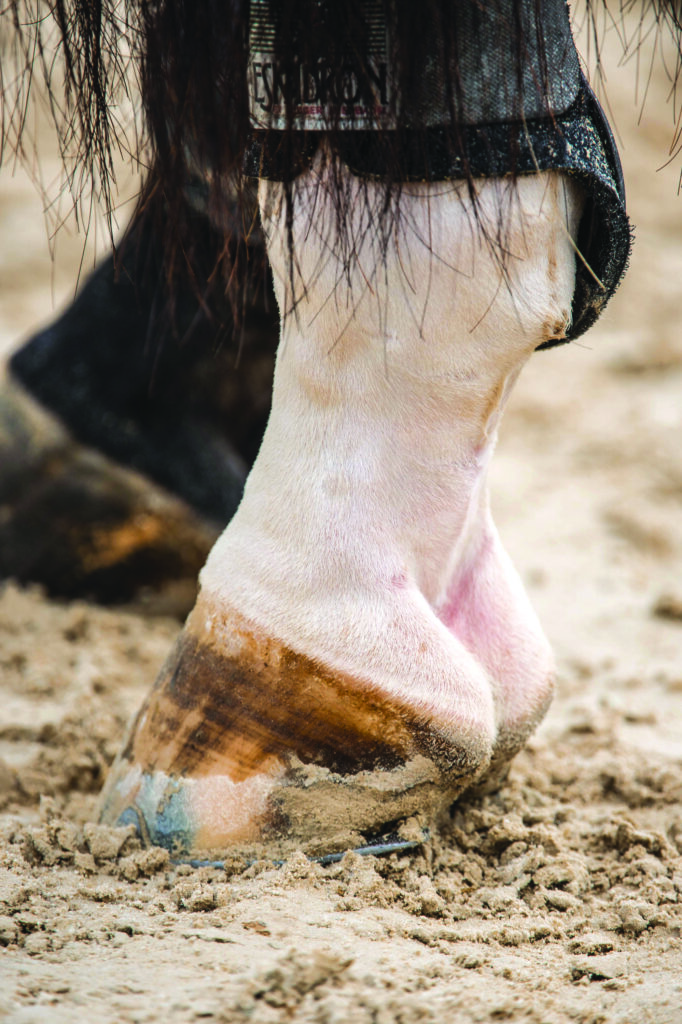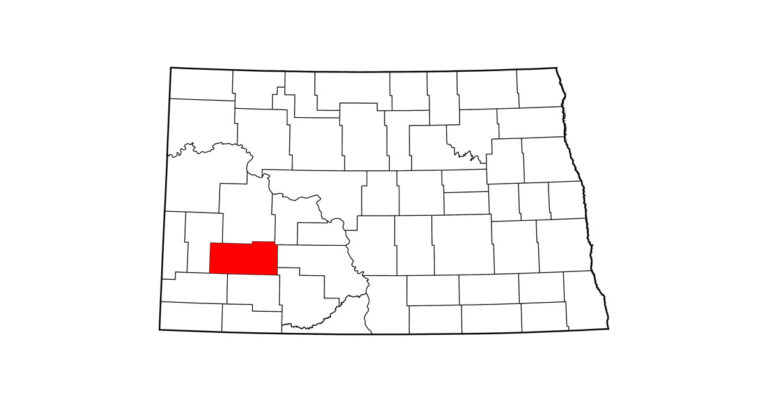
Over the last five decades, veterinary care and best practices for horse health and management have undergone extraordinary advancements, driven by improvements in technology and research methods. Since the first issue in January 1973, Practical Horseman has informed readers of the latest findings and developments so they can provide the best possible care for their horses. Nutrition guidelines, fly protection, corrective shoeing—you name it, PH has covered it.
Below are some of our favorite hoof health and colic tips from the last 50 years. These tips are excerpted from 50 Health and Management Tips, which was written in celebration of Practical Horseman’s 50th Anniversary.
Hoof Health
- “White hooves are no softer or weaker than black hooves. There is no difference between the chemical makeup and white feet and black feet, other than the added pigment in the dark hooves’ outer layer that gives them their color. Black hooves are of the same quality and have just as many problems as white.”—Vance Glenn, Are White Feet Weaker?, September 2001
- “An abscess won’t heal unless it drains. Some abscesses find their own way out at the frog, heel or coronary band, where you’ll see a linear crack surrounded by swelling. But don’t wait for this to happen; in most cases you’ll need to create drainage. And an abscess that’s left to fester can deepen and involve internal structures, such as the coffin bone.”—Elizabeth Kilgallon, DVM, with Elaine Pascoe, Just a Bruise … , March 1998
- “As a rule, the hoof and pastern angle should mirror the shoulder angle, so you can use that as a guide to what’s right for your horse.”—Rodney King, CJF, AWCF, with Elaine Pascoe, Shoeing Essentials, August 2010
- “A lot of times people talk about barefoot versus shod as if it’s a competition. It’s not one or the other. It’s what’s best for the horse.”—Esci Buff, PhD, APF-1, CF, with Leslie Threlkeld, To Shoe or Not to Shoe, August 2018
Colic
- “If your horse is prone to colic, begin a daily log to help you pinpoint common factors in any colic episodes that recur. Include details about his feed and water intake, turnout, exercise, medication, and travel. … you may find a pattern that relates to the state of your horse’s health.”—Richard Urban, VMD, Colic. A Minute-by-Minute Game Plan, March 1994
- “If your horse goes from an active life to stall rest, monitor him for increased colic danger. Make sure he has plenty of hay and water. Reduce or eliminate his concentrates, and split the amount into as many as six meals a day.”—Elaine Pascoe with Babetta Breuhaus, DVM, PhD, Noah Cohen, DVM, and Robin Dabareiner, DVM, Beat Colic 12 Ways, January 1998
- “It’s a good idea to invest in an inexpensive stethoscope and be familiar with your horse’s normal gut sounds before he shows signs of colic. Listen on each side by placing the stethoscope (or, in a pinch, your ear) at his flank, in front of and below the point of his hip. Normally, you’ll hear several gurgles a minute with a louder rumble every minute or two. Silence is not good; neither is excessive noise.”—Elaine Pascoe with Janet Johnston, DVM, Colic Update, November 2012
This article originally appeared in the Winter 2023 issue of Practical Horseman.
This article is sponsored by WeatherBeeta.










